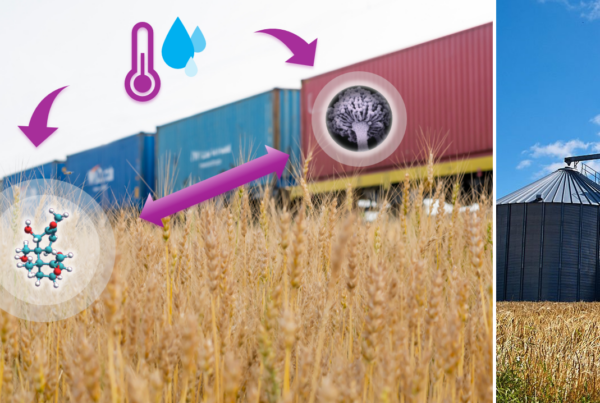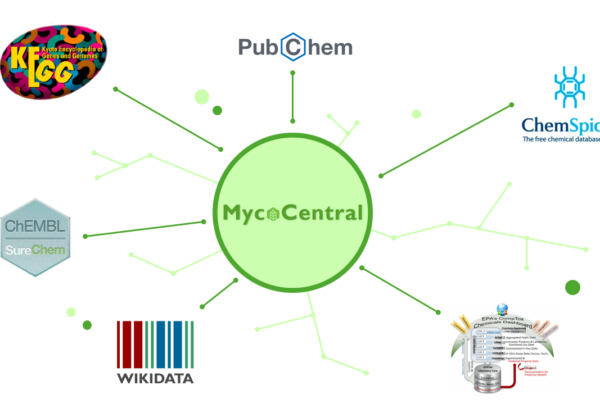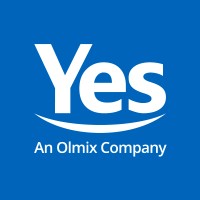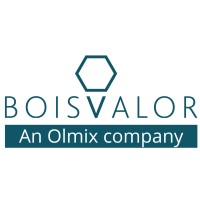Olmix Group sponsored the 10th edition of the World Mycotoxin Forum held in Amsterdam, the Netherlands, from 12-14 March.
‘Can we ever have a mycotoxin-free supply chain?’ was the main topic to be discussed at the 10th edition of the World Mycotoxin Forum, the leading international meeting series on mycotoxins held in Amsterdam, the Netherlands, from 12-14 March. Once again, the event brought together hundreds of food and feed industry representatives as well as experts from universities and governments from all around the world that had the opportunity to share and exchange knowledge on how to take mycotoxin control to the next level.
As one of the global key actors in mycotoxin risk management, it was only natural for Olmix Group to be Silver Sponsor for the event, which led the company to play an important role both at the exhibition area −where our specific algae-based toxin binders and our strategies to reduce mycotoxin levels in the farm raised great interest among visitors and partners- and within the official conference programme.
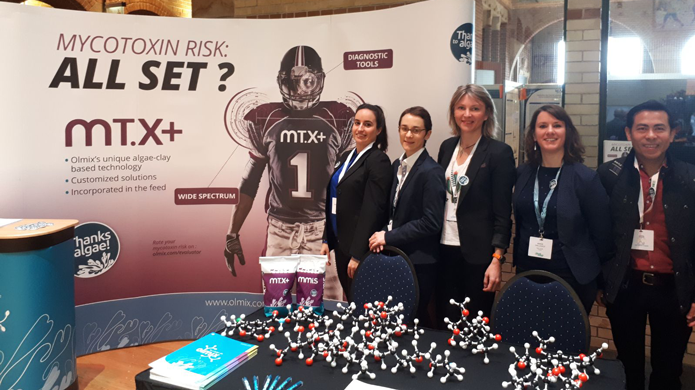
Olmix’s stand at the World Mycotoxin Forum.
Indeed, Ms María Ángeles Rodríguez, Olmix Group’s For Feed Product Manager and one of the most renowned expert on the matter, delivered a high-quality technical lecture on effective mycotoxin detoxification strategies to ensure safer feed, where she first described the occurrence of mycotoxins in feed and foodstuff and then gave a deeper insight into mycotoxin detoxifying agents:
“Mycotoxins are secondary metabolites of various fungi commonly found in feed and foodstuffs, often co-occurring at low levels. Based on their occurrence and observed effects on human and animal health, aflatoxins, fumonisins, deoxynivalenol, ochratoxin A and zearalenone are recognized as the five most important mycotoxins in animal husbandry. The most cost-effective strategy to counteract the effects of these mycotoxins occurring in polycontamination in the feed industry is to use mycotoxin detoxifying agents”, she explained.
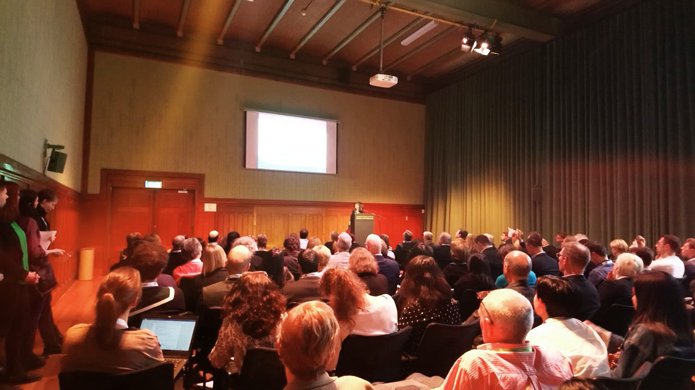
Ms María Ángeles Rodríguez delivered a speech at the World Mycotoxin Forum.
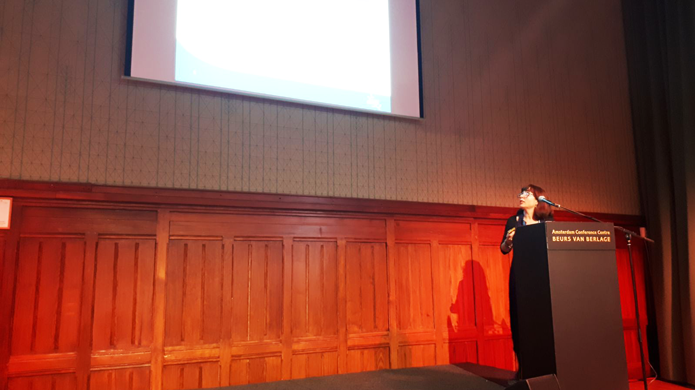
Ms María Ángeles Rodríguez delivered a speech at the World Mycotoxin Forum.
According to Ms Rodríguez, a clear distinction should be made within this wide group of detoxifying agents if terms such as “mycotoxin bioavailability” and “mycotoxin degradation” are taken into consideration, which results in two different types: adsorbing agents and biotransforming agents.
“On the one hand, we can talk about adsorbing agents, which help to decrease mycotoxin bioavailability by including them in the compound feed, leading to a reduction of mycotoxin uptake. On the other hand, we have biotransforming agents, aiming to degrade mycotoxins into less toxic metabolites by using microorganisms or enzymes. Within the adsorbing agents, the most commonly used are activated carbons, aluminosilicates (HSCAS), modified aluminosilicates and yeast cell walls. Within the biotransforming agents, there are a wide array of bacteria, fungi and different enzymes, although few of them are used in commercial products”, Ms Rodríguez said.
Later, the expert explained that the efficacy of these agents may vary depending on several factors and parameters, which also includes the evaluation method used to study them.
“When it comes to adsorbing agents, their efficacy depends on the intermolecular interactions between the adsorbing agent and the mycotoxin. As for the biotransforming ones, it depends on the activity and survival of the microorganism in the digestive tract, the specificity of the enzyme and its substrate, the time for the enzymatic reaction to occur, the toxicity of the produced metabolites and their intestinal absorption compared to the parent mycotoxin. Therefore, many parameters are to be taken into account, including also the evaluation method used to study these agents. In vitro results should be analyzed and interpreted carefully and complementary in vivo trials on performance should be available to conclude on an agent efficacy”, Ms Rodríguez pointed out.

Ms María Ángeles Rodríguez delivered a speech at the World Mycotoxin Forum.
Lastly, drawing on Olmix technology, Ms Rodríguez shed some light on the Olmix’s toxinbinders that effectively reduce the presence of hard-to-adsorb mycotoxins, such as deoxynivalenol or fumonisins: “Olmix’s solutions, based on an association of algae extracts and clay, has proven its efficacy on complex structure mycotoxins such as DON and Fumonisins, by using specific dynamic in vitro gastrointestinal model”.
Technical posters at the exhibition area
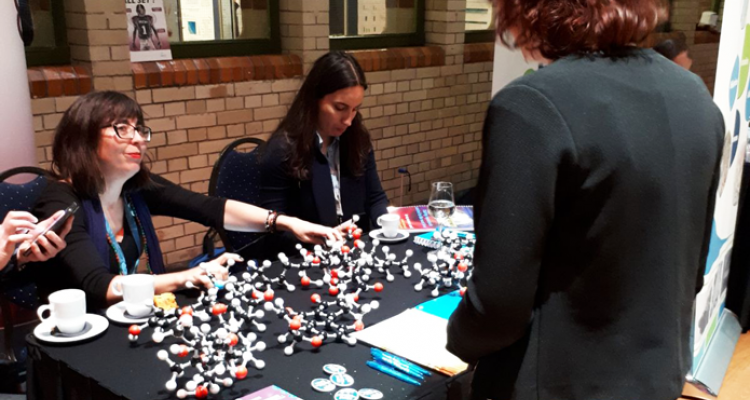
Olmix’s poster at the World Mycotoxin Forum.

Olmix’s stand at the World Mycotoxin Forum.
